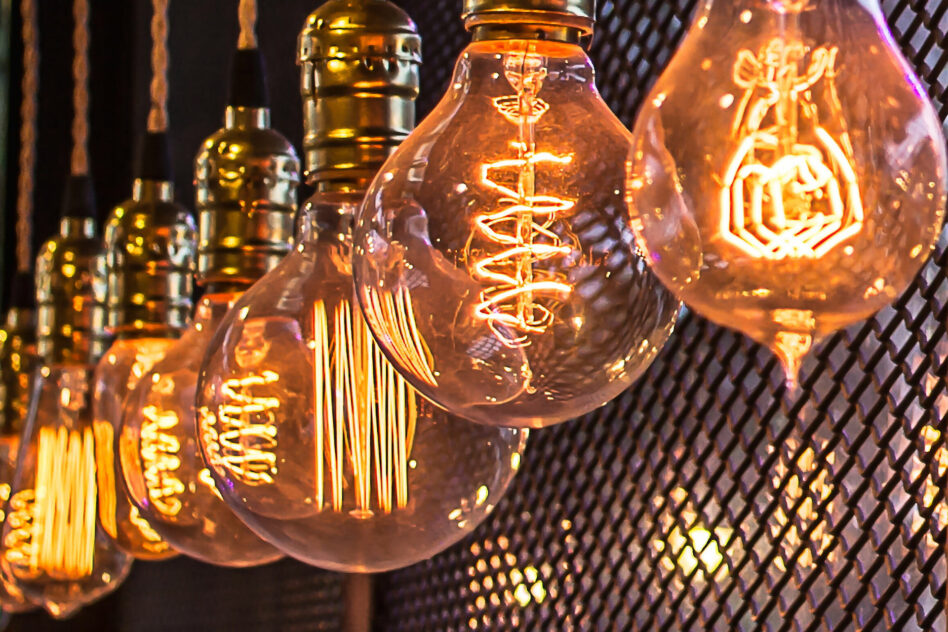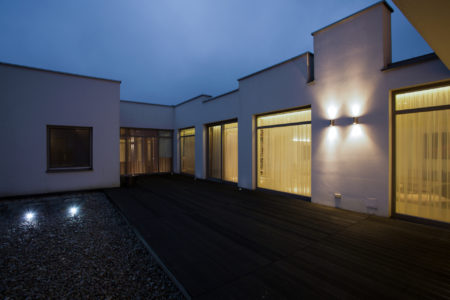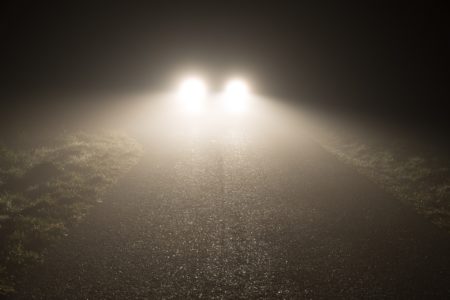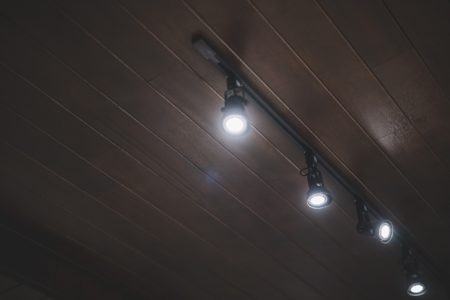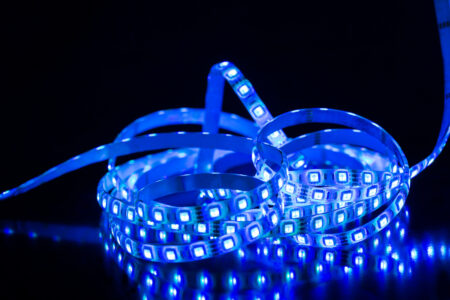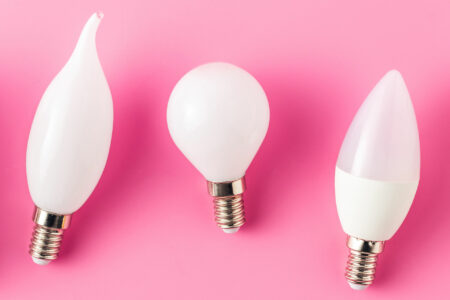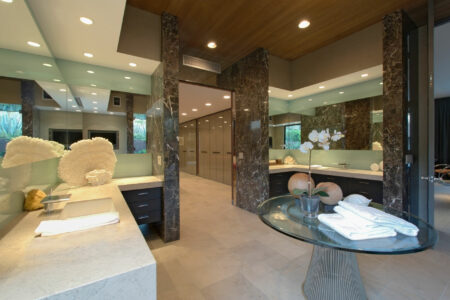The vintage lamps called Edison bulbs look appealing, but what exactly is an Edison bulb? The Edison bulb looks like the original lamp invented by Thomas Edison, but it’s far more efficient to use. Stick around to know more about the details.
What Is an Edison Bulb?
An Edison bulb has a distinctive oblong shape ending at the top with a nipple. Basically, it produces light from a glowing filament inside a glass globe. Resembling the original bulb that Thomas Edison created, this is the most popular shape of vintage light bulbs.
Normally, the filament of an Edison bulb conducts energy. So, when an electrical current runs through this metal wire, the electricity causes it to heat up enough to glow and emit light.
Over time, producers worked on improving the efficiency of light bulbs. Consequently, they tried to extend the life of lamps and decrease the consumed energy.
Overall, a few variants of light bulbs go by the name “Edison bulb,” including:
- Carbon-filament Edison bulbs
- Tungsten-filament Edison bulbs (incandescent Edison bulbs)
- Modern LED filament bulbs
What Is the History of the Edison Bulb?
Originally, Thomas Edison spent a tremendous amount of time testing and developing the incandescent light bulb. All in the hopes of enabling people to use it in their homes. In fact, many inventors were trying to do so too.
You see, back then, they had what’s called an arc lamp. Nevertheless, this type of lamp produced light that was too bright to use in small spaces.
That’s why creative minds were working on perfecting the incandescent lamp. Ideally, they wanted it to be smaller in size, produce weaker light, and consume less energy.
Primarily, the lamp Edison worked on consisted of a vacuum glass bulb with a filament inside, just like the incandescent light bulb we have today. Nonetheless, he started by using a platinum filament, which burned out in a few short hours.
As a result, Edison kept experimenting with various materials to create a longer-lasting light bulb. Additionally, he tested the carbonized filament using every plant you can think of.
However, it wasn’t until he tried the carbonized cotton thread filament that the light bulb lasted for a longer time.
It may surprise you to know that Edison tried using tungsten as a filament for his light bulb, just like the ones we have today. Unfortunately, at the time, he didn’t have the right tools to work with such material.
Having said that, the first public appearance of Edison’s light bulb was the version with a carbon filament. This version also included an inert gas-filled globe of thin glass.
What Is an Edison Bulb Today?
Today, modern Edison bulbs add a vintage touch to interior design. As a matter of fact, these lamps are quite popular among rustic homes and public settings because of their beautiful warm glow.
What’s great about vintage Edison bulbs is that you can look directly at them without hurting your eyes. That’s why you often see them used bare with no shading or shield. However, the amount of brightness they emit can be disappointing.
Typically, the incandescent standard pear-shaped bulb has an average wattage of 40–150W. This allows one bulb to produce ideal brightness ranging from 450 to 2600 lumens. On the other hand, an average Edison bulb produces almost half the brightness.
That’s why it’s essential to know how much luminosity you can lose just by replacing your incandescent bulbs with Edison bulbs. Moreover, you should be aware that Edison bulbs aren’t the best choice for task lighting. Instead, they work best in accent lighting fixtures.
LED Edison Bulbs
Basically, LED Edison bulbs have come into the picture as a modern take on the older bulb’s design. Since classic incandescent light bulbs aren’t the most eco-friendly choice, there had to be a better replacement.
Nowadays, most modern Edison bulbs utilize LED technology. These bulbs highly resemble the original ones, with the glowing orange filament inside a glass container. However, they produce light with the power of LED emitters.
So, if you like the ambiance traditional Edison bulbs create, you should definitely try LED Edison bulbs. Not only do they give you the same stylish atmosphere, but they also last much longer than their cousins.
As opposed to the 1000 hours life span on the ordinary classic Edison bulb, LED Edison bulbs can last for approximately 15,000 hours. Moreover, they consume far less energy, which makes them perfect for saving money.
Don’t let this comparison fool you, though. Actually, the typical LED light bulb can last for a whopping 50,000 hours on average. So, compared to that, LED filaments aren’t that long-lasting. Probably, this may have to do with being fragile and prone to overheating.
That said, LED Edison bulbs are available in various styles and shapes. They give you a vintage ambiance without the guilt of harming the environment.
What’s more, they produce a variety of warmer and cooler color temperatures. These colors range from the yellows of the original bulb to the blues of daylight. This, in turn, provides an array of choices for different design uses.
In addition, unlike the original Edison bulb, they’re able to illuminate as brightly as the standard incandescent bulb.
Are Edison Bulbs Safe To Use in Enclosed Fixtures?
Many people don’t realize that not all types of Edison bulbs are safe to use in enclosed fixtures. Incandescent Edison bulbs are fine in such a case as long as you follow the instructed wattage restrictions. You can usually find that stated on the light fixture, for example, “60W max.”
As for LED Edison bulbs, it’s a different story. That’s because, in order to use this bulb in an enclosed fixture, it has to be approved by the manufacturer for that. Sadly, many consumers don’t know this is an available feature in LED Edison bulbs.
In fact, choosing the wrong type of LED bulb for an enclosed fixture can shorten the life of the lamp and subject it to premature dimming. So, make sure to inspect the bulb’s features carefully.
Remember, if the label doesn’t clearly state that you can use it in an enclosed fixture, it’s better not to.
